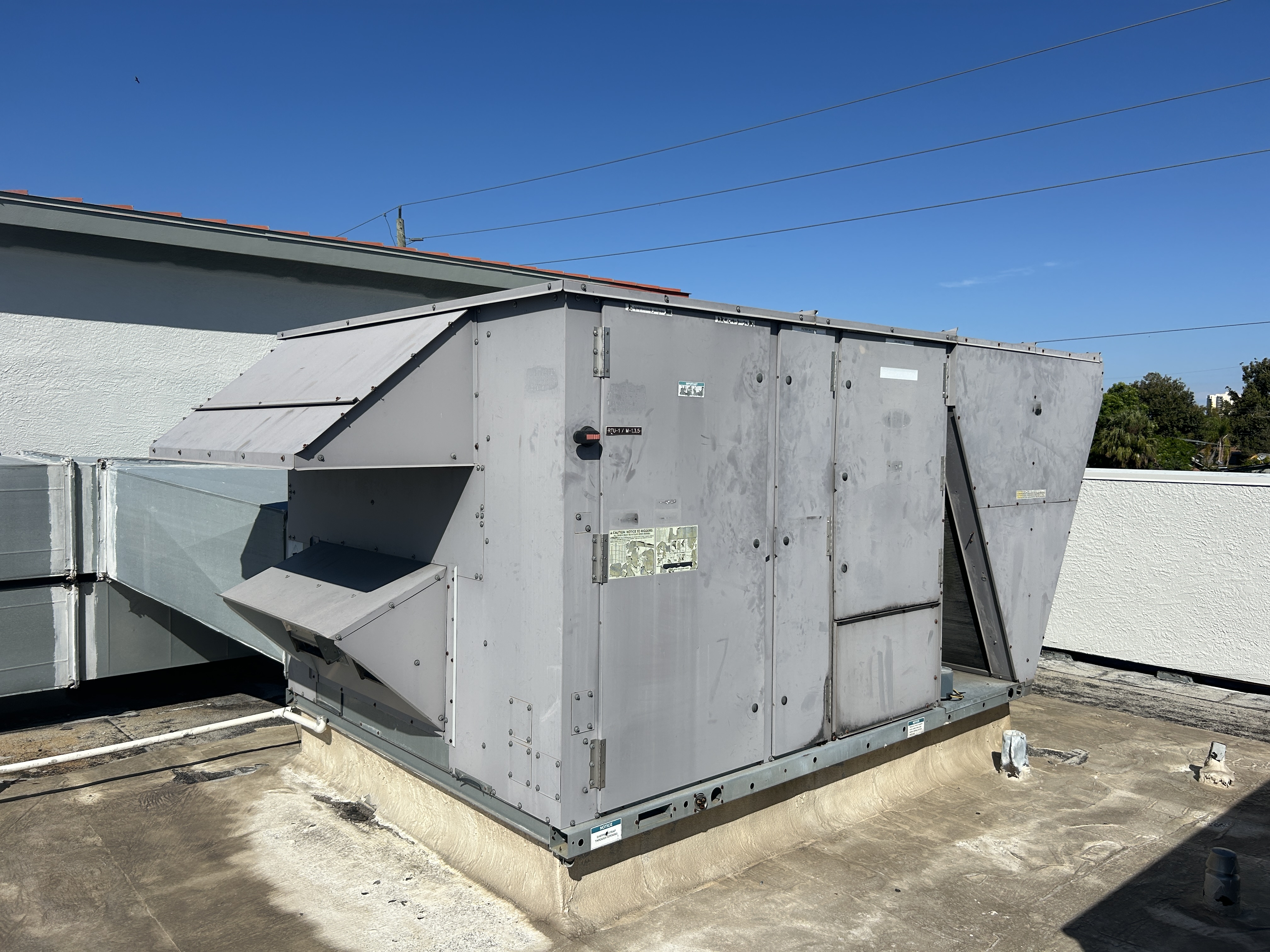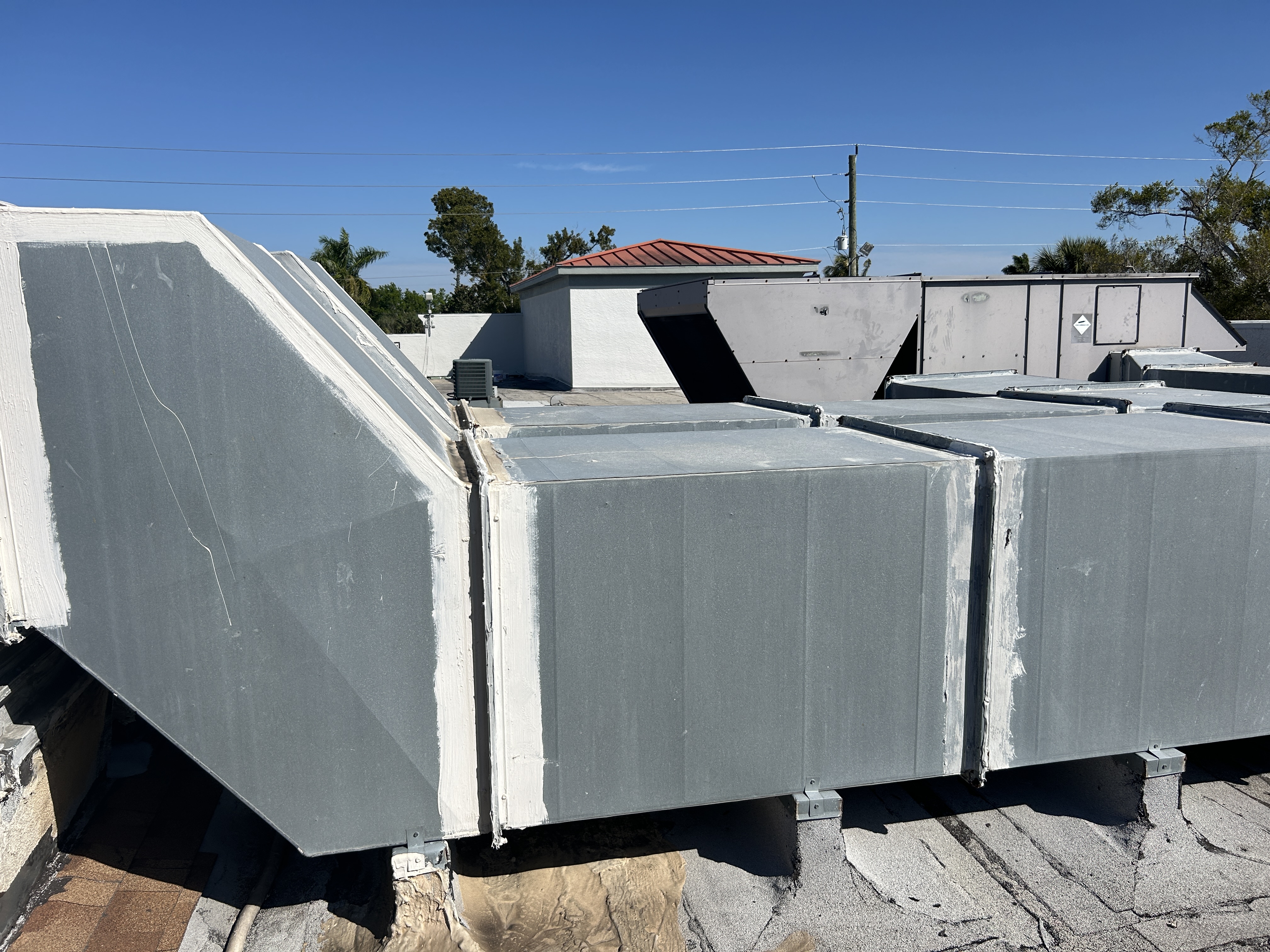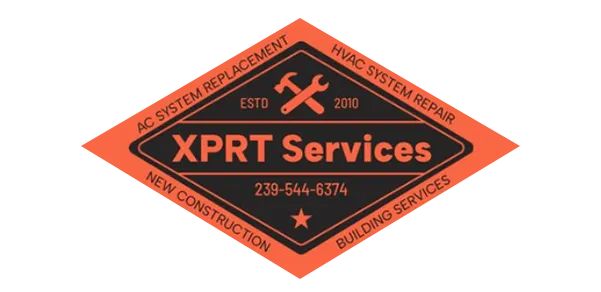Commercial HVAC Information
Commercial HVAC
Commercial HVAC (Heating, Ventilation, and Air Conditioning) refers to the systems used in commercial buildings to control temperature, humidity, and air quality for the comfort and safety of occupants. These systems are typically larger and more complex than residential HVAC systems, as they need to accommodate larger spaces and higher occupancy levels.
Commercial HVAC systems usually consist of several components:
Heating Equipment: This can include furnaces, boilers, heat pumps, or electric heaters, depending on the specific needs of the building.
Cooling Equipment: This can include air conditioners, chillers, or evaporative coolers, again depending on the size and requirements of the building.
Ventilation Systems: These systems bring fresh air into the building and remove stale air, helping to maintain indoor air quality. They may include fans, ductwork, and sometimes heat recovery systems to improve energy efficiency.
Controls: Modern commercial HVAC systems often include sophisticated control systems that regulate temperature, humidity, and air distribution throughout the building. These controls may be centralized or decentralized, depending on the size and layout of the building.
Ductwork: This is the network of ducts that distributes heated or cooled air throughout the building. Proper design and maintenance of ductwork are essential for ensuring efficient HVAC operation.
Maintenance and Service: Regular maintenance and servicing are crucial for keeping commercial HVAC systems operating efficiently and reliably. This can include tasks such as cleaning filters, checking for leaks, and inspecting and repairing equipment as needed.
Commercial HVAC systems are designed to meet the specific needs of each building, taking into account factors such as size, occupancy levels, usage patterns, and local climate. They play a critical role in providing a comfortable and healthy indoor environment for occupants while also contributing to energy efficiency and sustainability goals.



